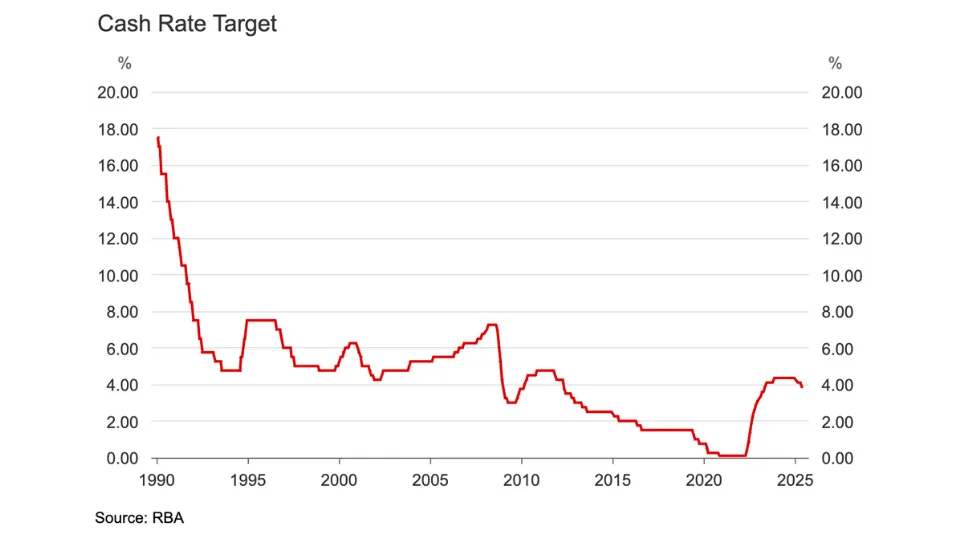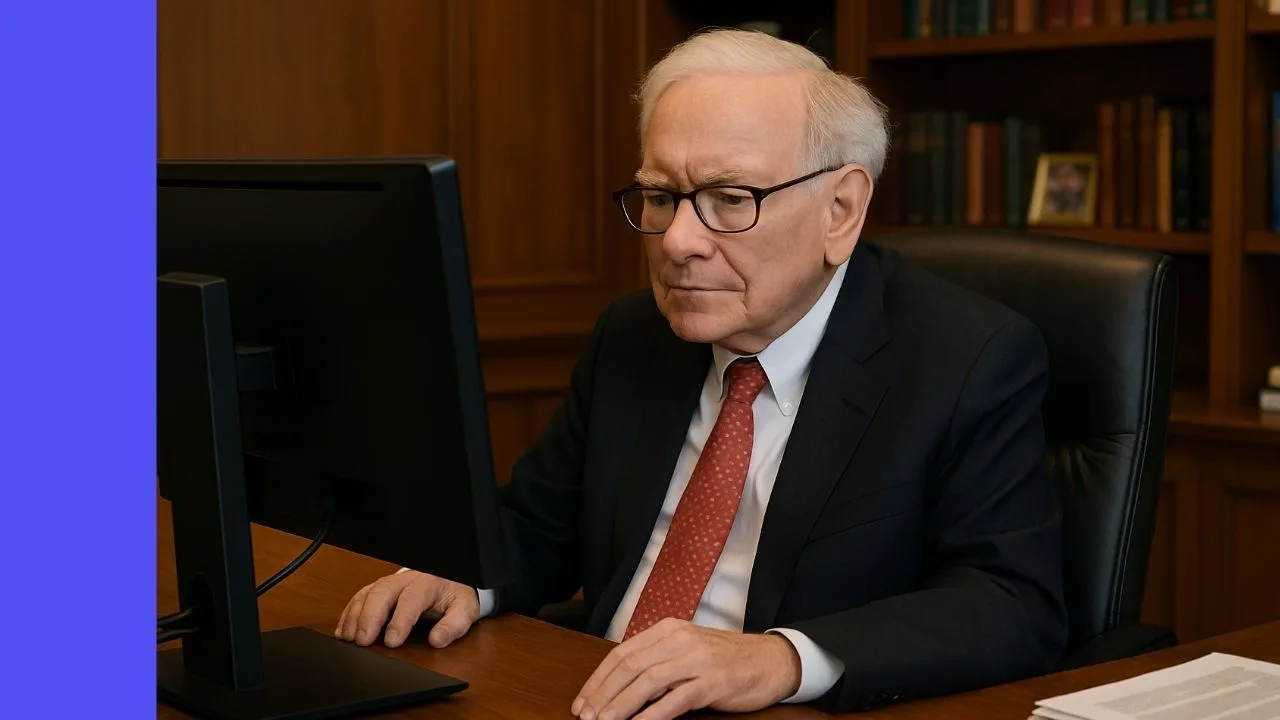The end of the year is surrounded by trading superstitions and legends, like the ‘Santa Claus rally‘ and the ‘January Barometer‘. But are these reliable patterns to take advantage of, or just Christmas myths?
The Christmas hype
There’s just something about this time of year.
Institutional investors go on holidays, retail investors stop checking their phones, but the day traders become glued to their screens determined to take advantage of the ‘Santa Claus rally’.
So what is the Santa Claus rally, and should you care?
The Santa Claus rally, first named in 1972 by Yale Hirsch in the Stock Trader’s Almanac, is the phenomenon of higher stock market returns in the final trading days of the year compared to the average. Specifically, it’s the last five trading days of December and the first two days of January that attract the most interest.
The data shows that from 1950 to 2021, the S&P 500 has averaged a return of 1.3% over these seven days of trading and has been positive 79% of the time – well above a typical seven-day stretch.
When the returns are down over this period, it has on several occasions preceded bear markets, like in 2000 and 2008.
It might be too late to take advantage this year, but can a Santa Claus rally tell you anything useful about 2025?
The January Barometer
A positive Santa Claus rally, some claim, can be a positive indicator for the following year’s returns. Paired with another of Hirsch’s theories, the January Barometer, an interesting picture starts to form.
The January Barometer refers to the idea that if January returns are positive, it tends to set the tone for the rest of the year. It can (allegedly) sometimes be an indicator of a good year to come.
Hirch’s son, Jeffrey A. Hirsch, put this interesting piece together in 2022 showing a strange phenomenon when the Santa Claus rally and the January Barometer are combined with one other indicator (the returns over the first five days of January).
From 1950 to 2021, there were 31 occasions when the S&P 500 had a Santa Claus rally combined with positive returns over the first five days of January and the full month of January. Of those 31 years, 28 delivered positive returns with an average return of about 17.5%.
That means when these three indicators aligned, positive returns followed more than 90% of the time!
What to make of all this
It’s always fascinating to read about this sort of market phenomenon because, more than anything, it provides an insight into behavioural finance.
There are any number of theories as to why these indicators might work, but I tend to think it all comes back to market sentiment and a lot of luck. Sure, these indicators might have historically aligned with good years, but if you think about it, of course they would.
When markets rally at the end of a year, it’s generally because investors are feeling positive about the economy and the outlook for next year. In a way, these ‘indicators’ are self-fulfilling prophecies. The more people believe in an end-of-year ‘Santa Claus rally’, the more people there are tipping money into the market and driving prices up.
So, keep an eye on the market over the next month – it might tell you a bit about the current market sentiment. But don’t expect it to guarantee you good returns.
At the end of the day, these phenomena are all just theories and can easily lead you down the wrong path. Good investing means sticking to the basics – dollar cost averaging, diversification, and time in the market are all going to be much more useful to you than a Santa Claus rally.
Happy holidays!










